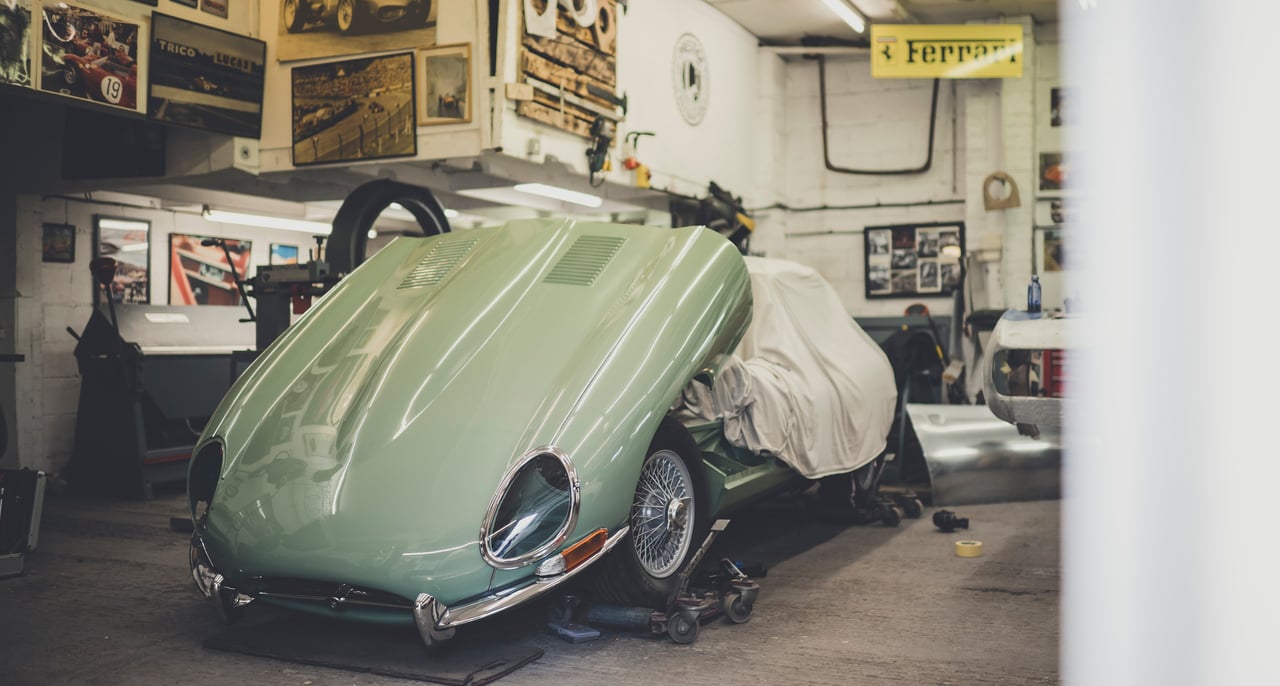
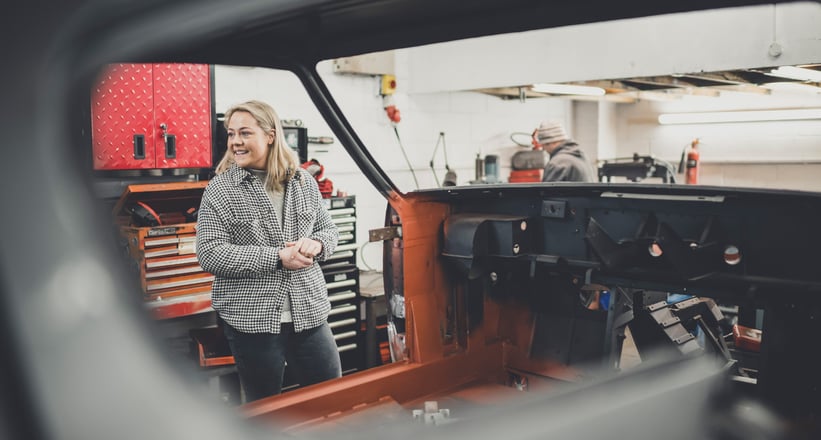
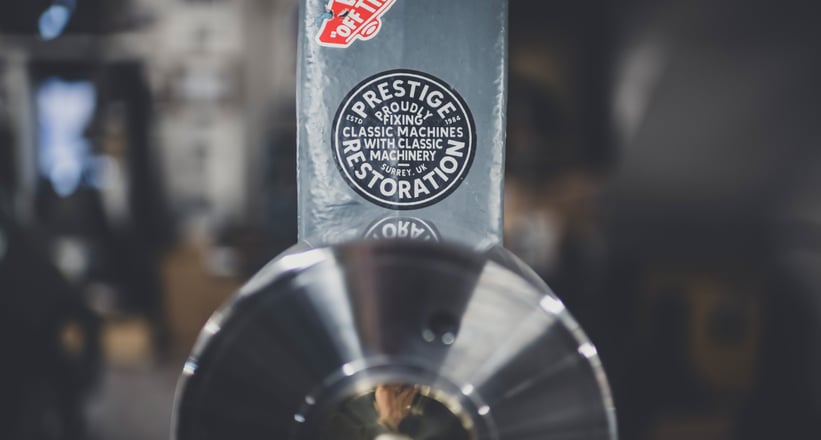
Nestled in rural Surrey, Prestige Restoration is based out of a quaint and discreet workshop. They may not have the 10,000 square-foot clinical workshops of some restoration houses, but their warm and welcoming family atmosphere and 60 years of quality work has placed Prestige Restoration among the best restoration companies not just in the UK, but the whole world. We headed to Surrey to speak to the woman in charge, Katie Harcus, about the company’s history, their restoration philosophy, and the ins-and-outs of classic car restoration.
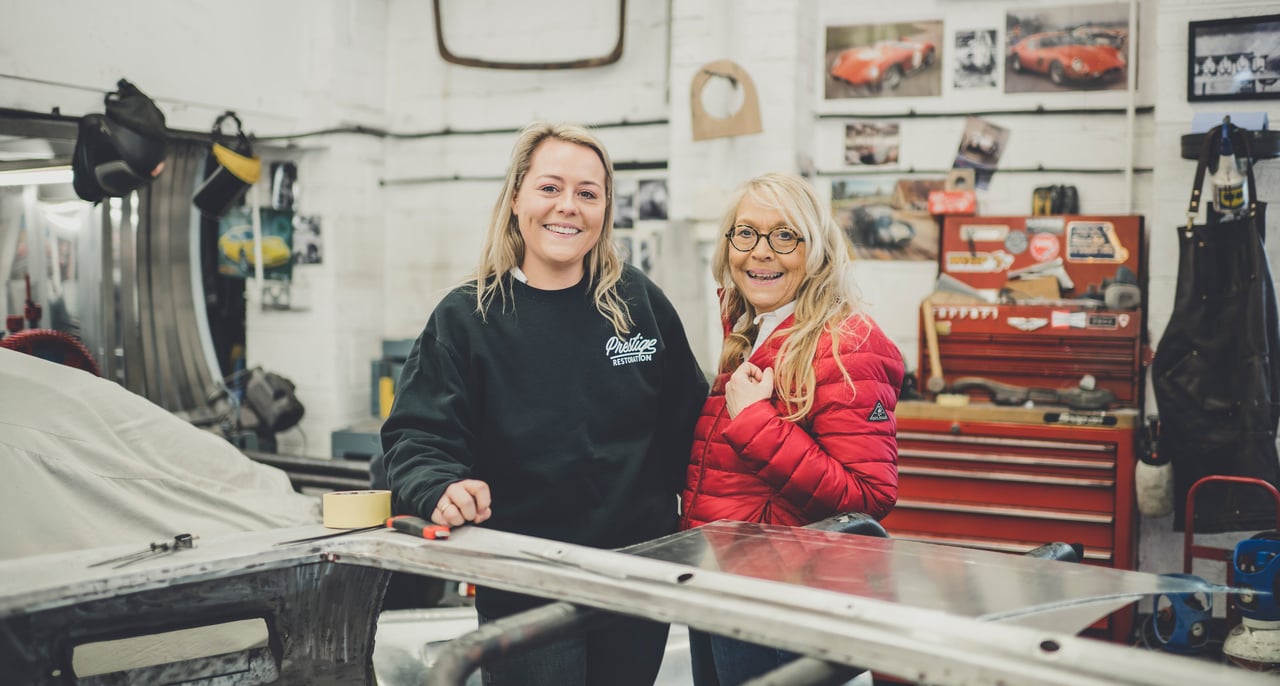
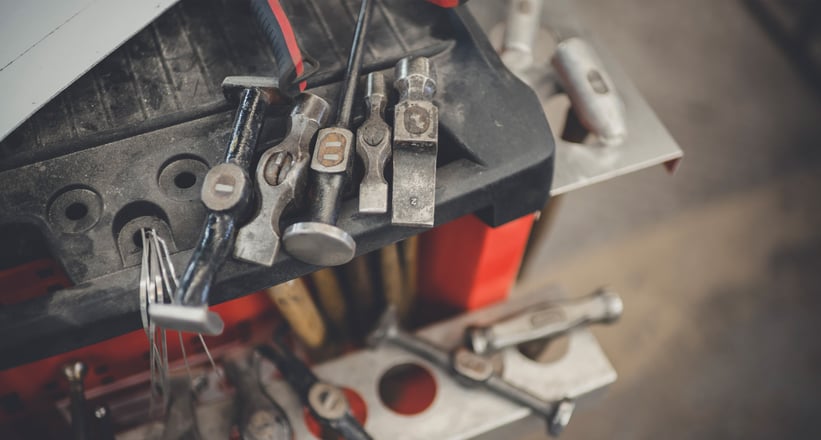
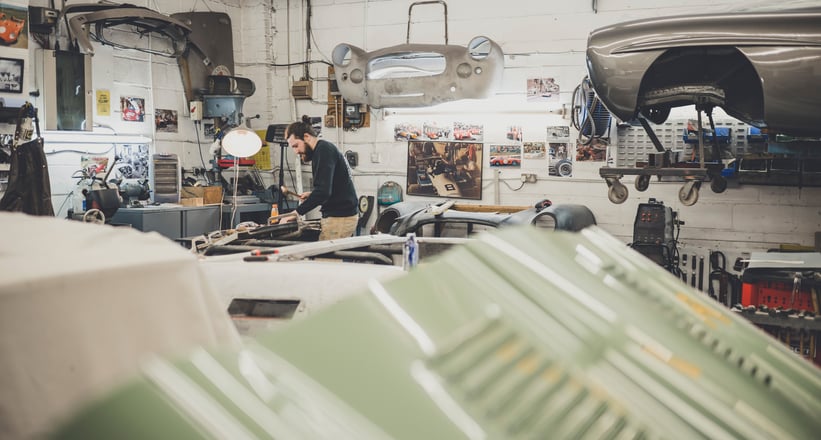
Katie, thank you for showing us around your amazing workshop! From what we understand, your family has a long history in car restoration, could you tell me a bit about that?
It started with my grandparents. You’d assume most grandmas would be in the kitchen baking a victoria sponge, but she would usually be rebuilding a carburettor in the shed, while my grandad would be working on some old motorbike. Because of that, my mum started kart racing when she was 11, back in the 1980s, in the same club as Nigel Mansell. While she was racing in Blackbush, she was spotted by Emilio Garcia of Autokraft, who were building AC cobras in Brooklands at the time. He was also a karting racer, and he saw potential in my mum, so he sponsored her.
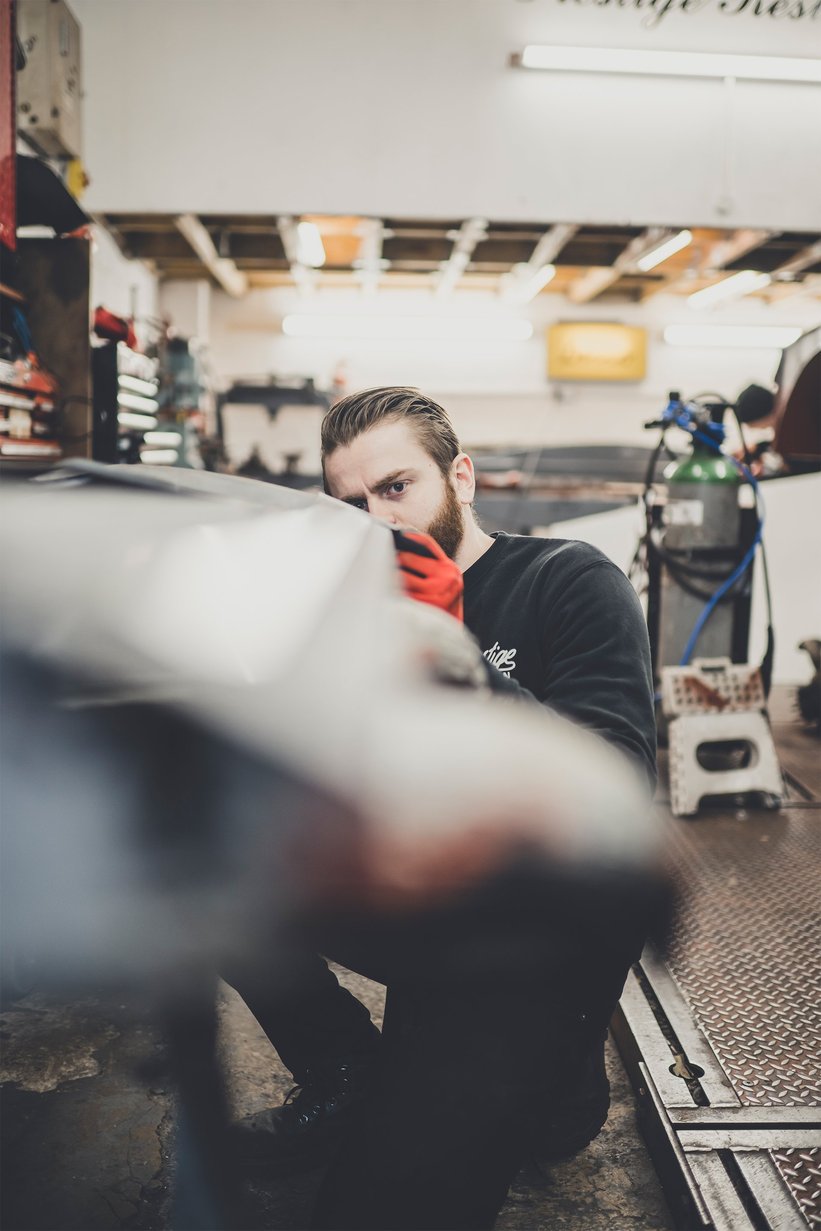
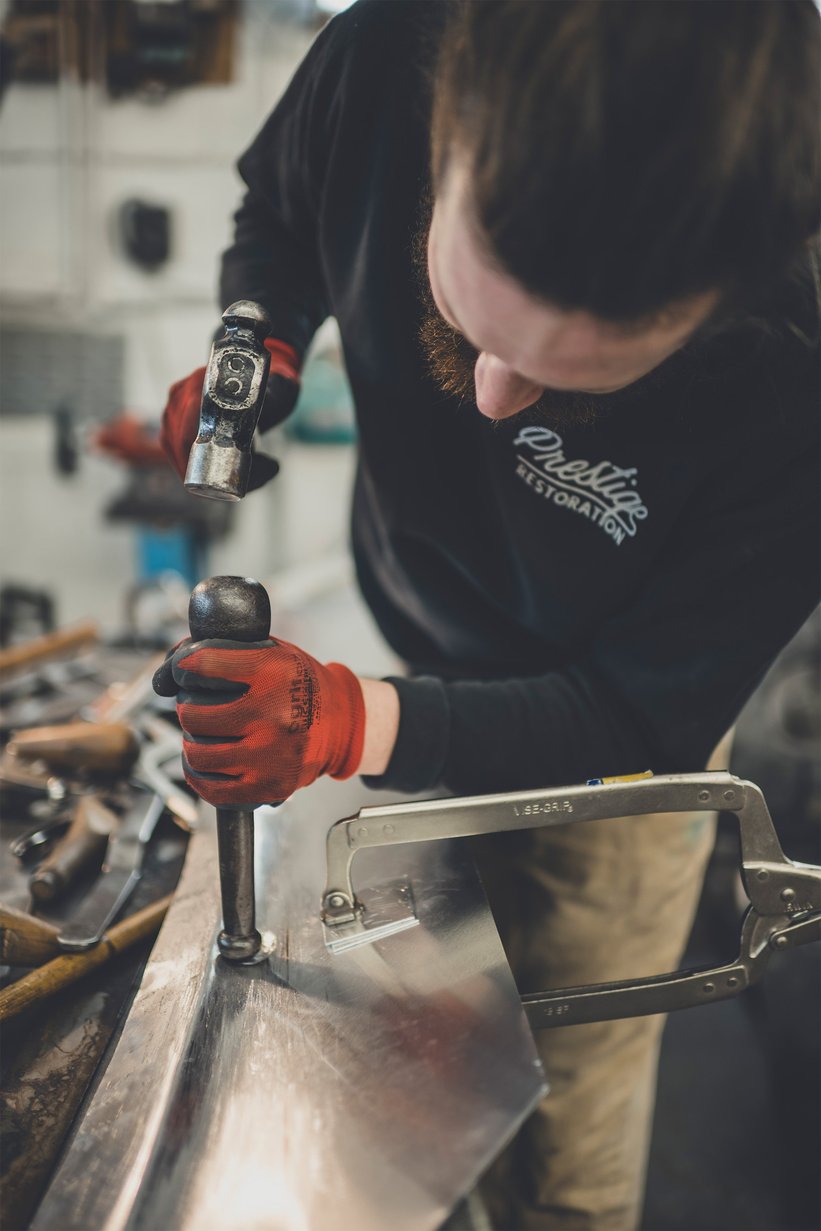
After she finished college in tool making and mechanical engineering, she went out looking for a job in the automotive sector, but the most common excuse in those days was they couldn’t cater for a female. Thankfully, Emilio offered her a job at Autokraft, where she was trained in panel beating and body spraying.
That’s where she met Shane, the company’s co-founder, who already had a huge amount of experience in the industry. When my mum was roughly 20, after about 5 years at Autokraft, they started their own shop with a paint booth in Surrey, back in 1984. They eventually outgrew that space and moved to Guildford, and eventually they moved back to our current location in Surrey, where we’ve been for over 30 years.
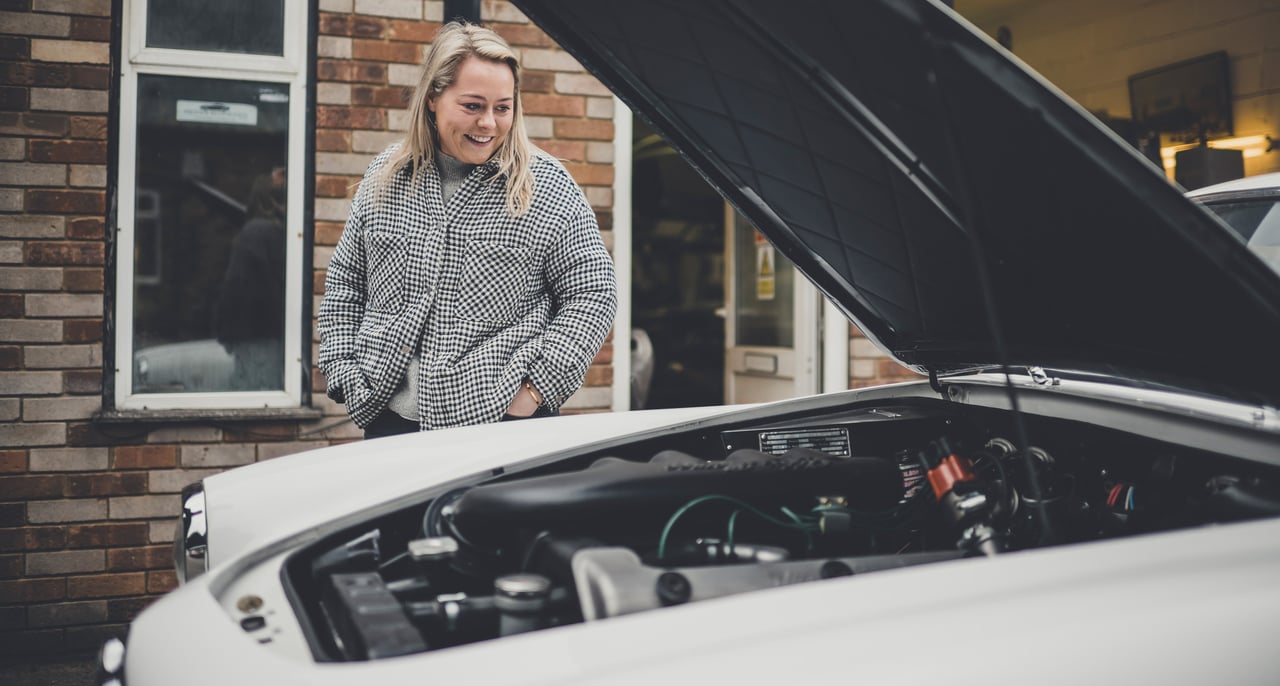
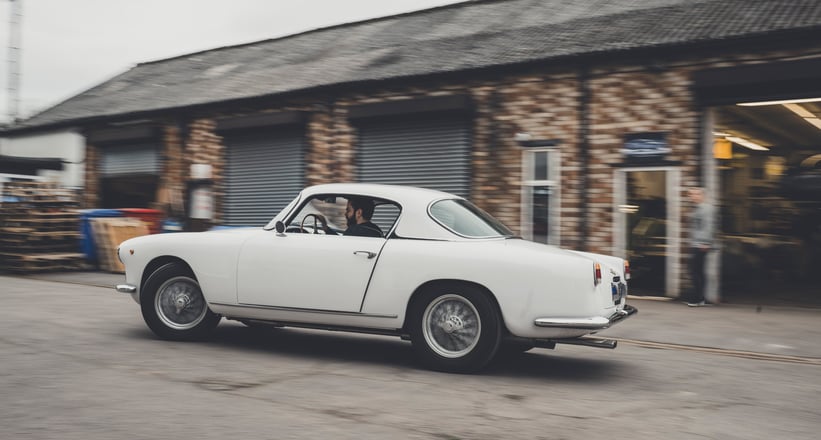
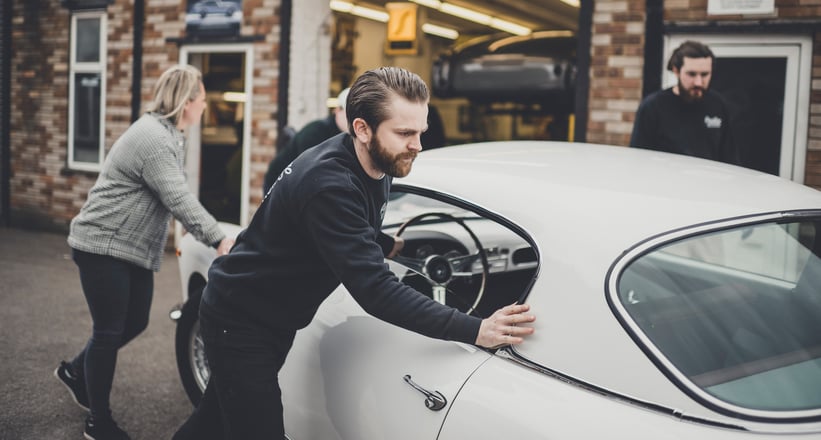
When did you first get involved in the family business?
Like my mum, I was brought up around cars. When I was a child, on the weekends I’d get taken to the workshop, which I absolutely loved. It just seemed normal to me — I thought everyone’s mum came home from work smelling like bodyfiller. It’s a smell I still love to this day.
I always wanted to be involved, and I started by helping with the book keeping, which was about 10 years ago. Now, I’m trying to learn about all aspects of the business. It’s important to know how and why everything is being done in the workshop.
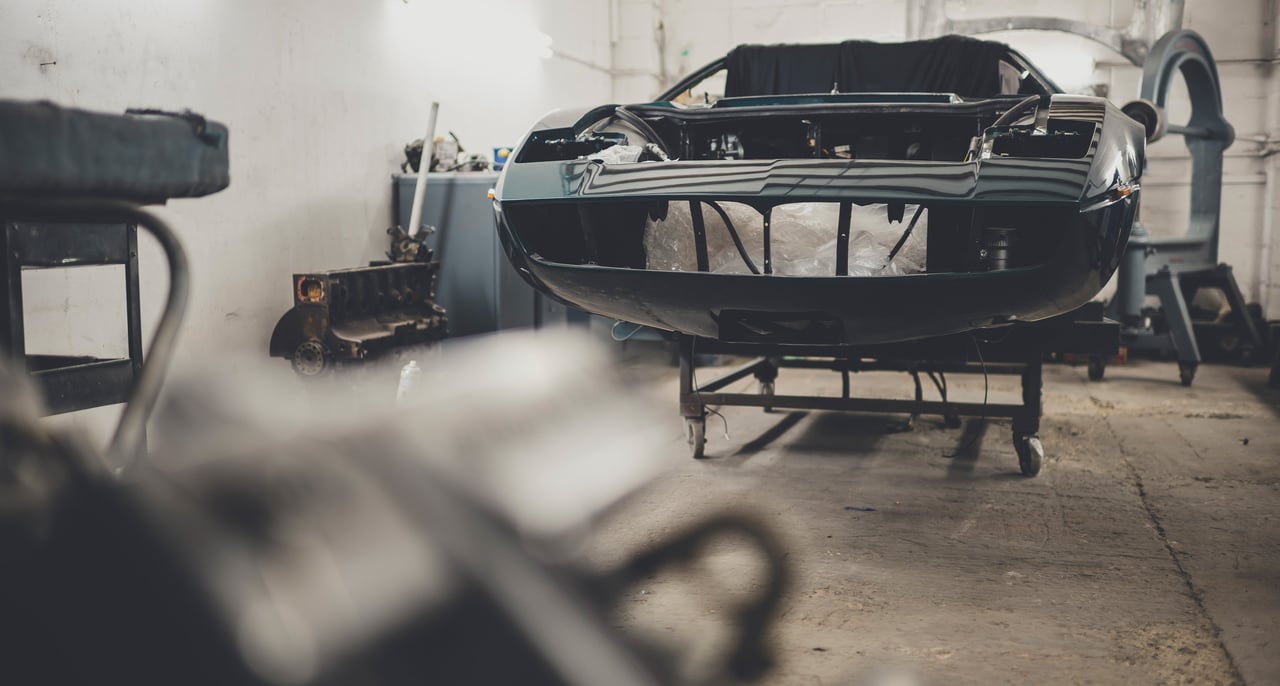
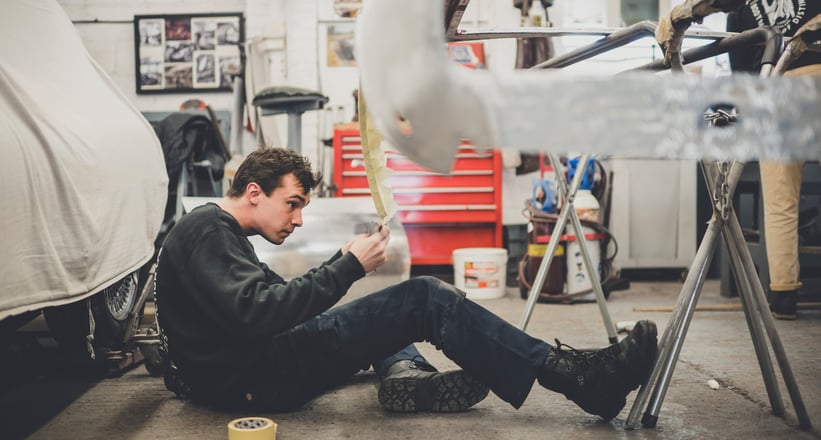
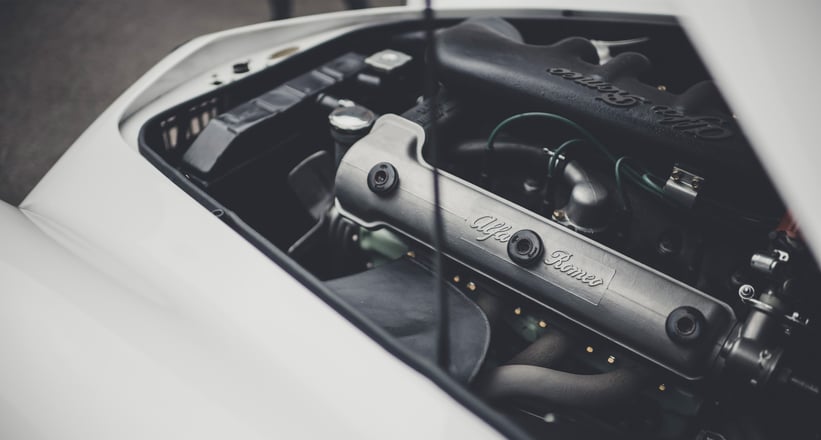
How has your approach and techniques changed over the years, if at all?
Our approach is dependent on the owner and what they want from the car. However, when it comes down to the bodywork, we’re fortunate because we carry out everything from small minor repairs to full chassis reconstruction in-house. We pride ourselves in being able to make everything out of aluminium or steel. We still use the same techniques and machinery that they used back in the 1960s and we go to great lengths to ensure accuracy and to carry out the builds as they were done in the factory.
For example, we always strive to replicate the original factory finish of the paint (obviously using modern paint rather than cellulose based paint), but trying to replicate the original finish in the original way is our specialty. We’ll make changes to improve safety and reliability, but everything we do is always reversible, so we keep all the original parts. I always say if you restore a car right, you only need to restore it once. That’s really core to our philosophy.
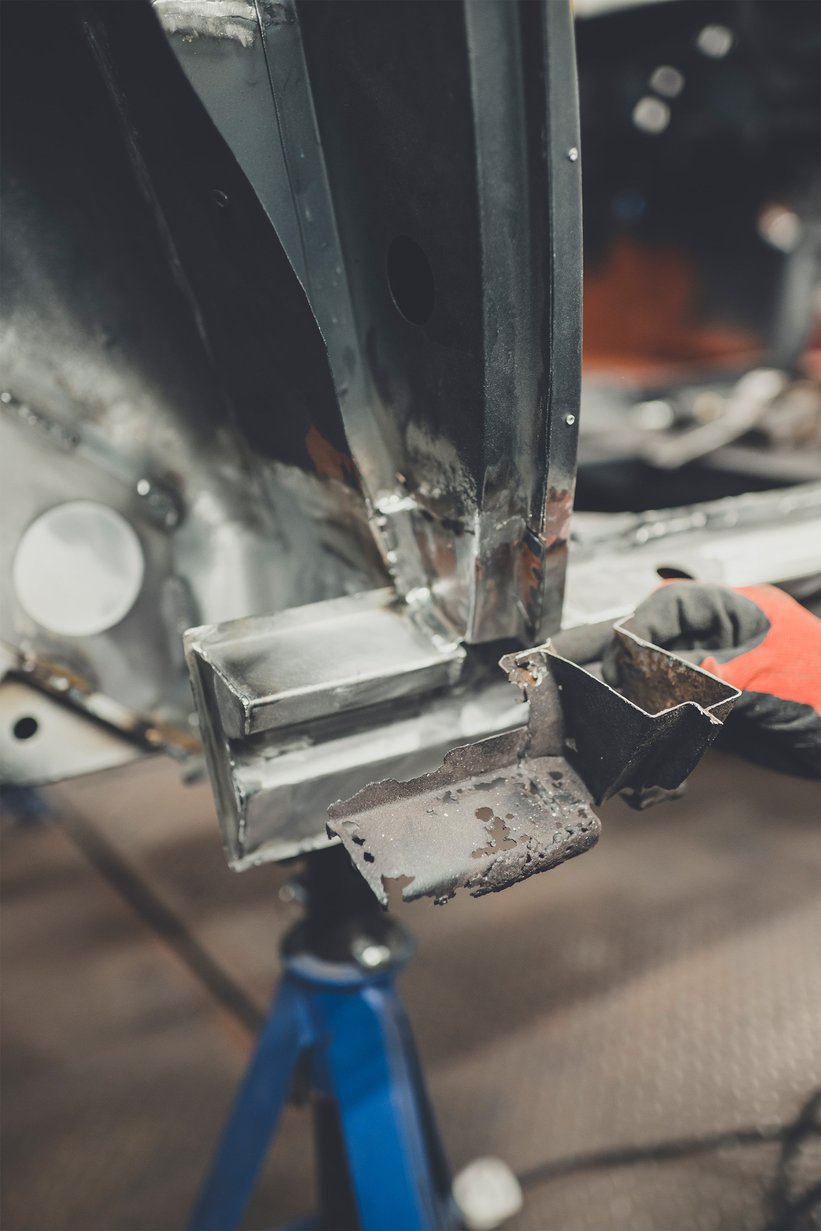
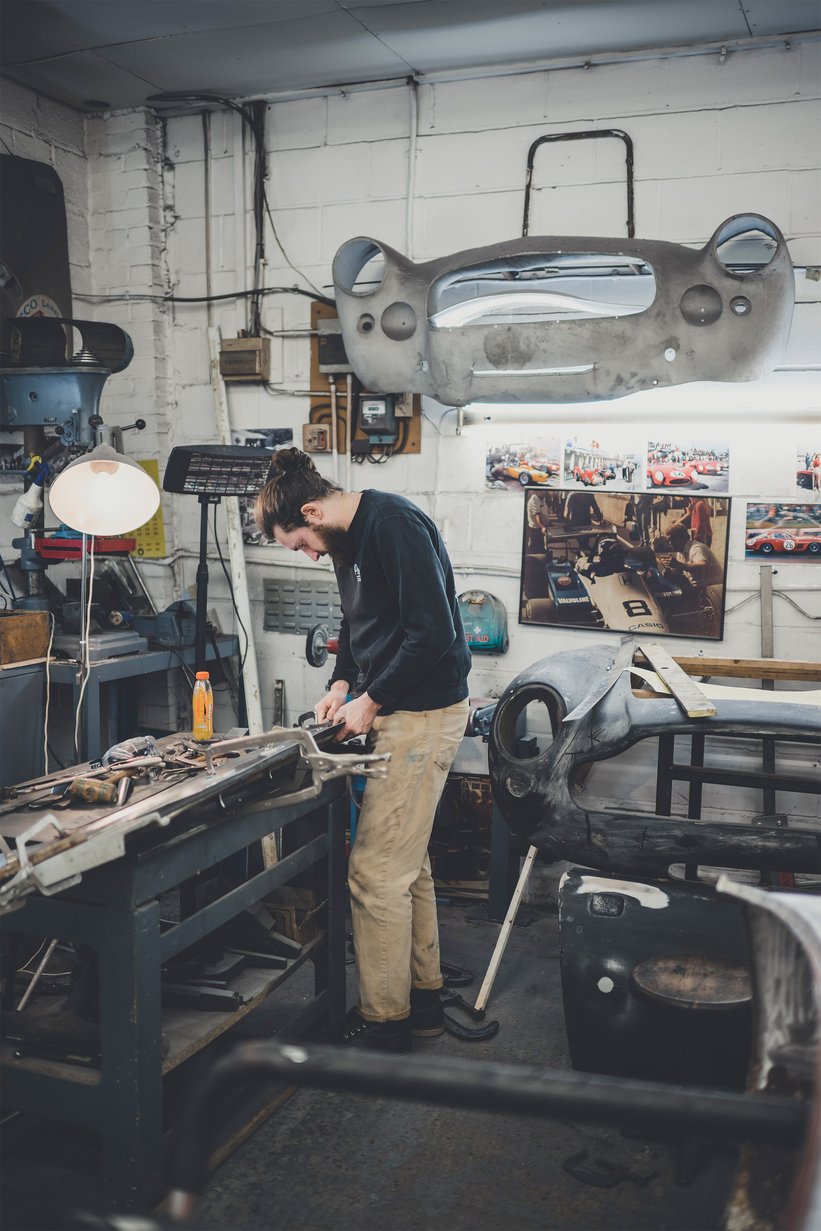
Do you find some manufacturers’ cars require more care and attention than others? Which models are the most challenging to restore?
100% the Italian marques. The Ferraris and Maseratis are built in such an intricate way. You could say they were made with a certain level of artistic license. A Ferrari 250 Lusso, for example, requires a vast amount of research to understand what was original and what wasn’t. On a recent build we did, we traced the original welds from the factory and recreated them in the same way. It’s our way of being respectful to the artists who built them originally.
When it comes to the Ferraris and the Maseratis — unlike the more mass-produced cars — it’s almost impossible to find original parts, so everything has to be made. And if something is available, the likelihood of bolting it on and walking away is very low. Each and every car is different, as it was totally dependent on who was building it that day.
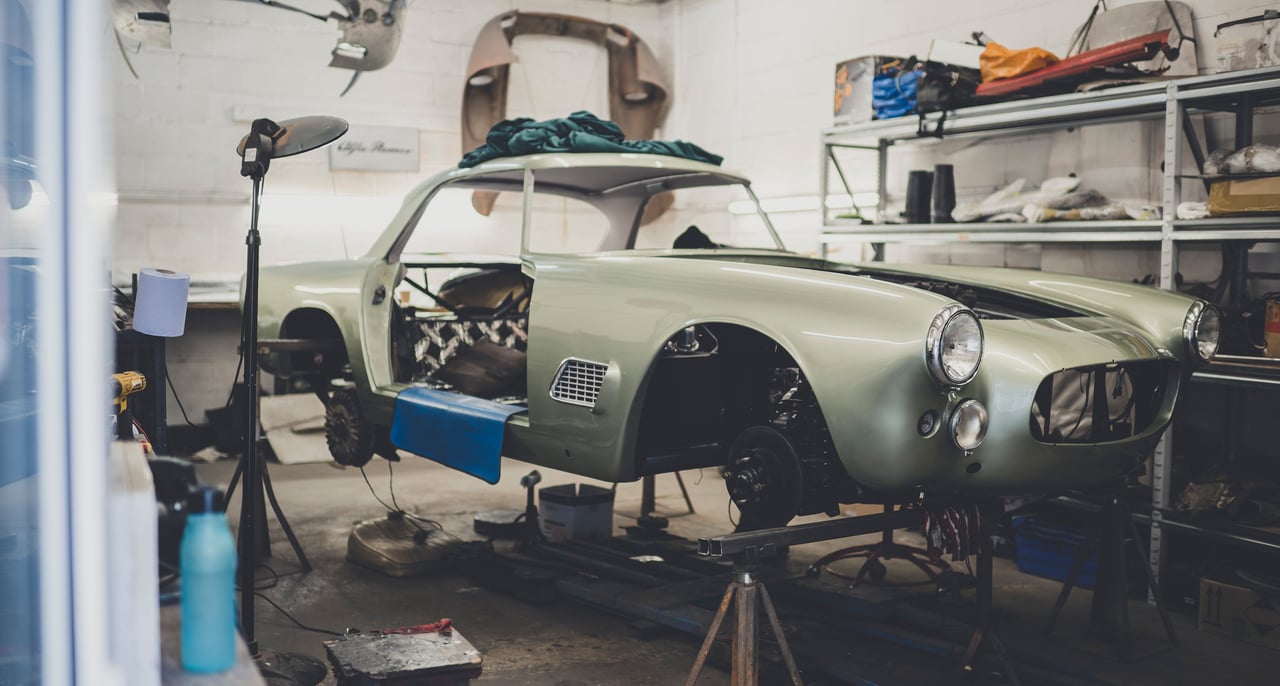
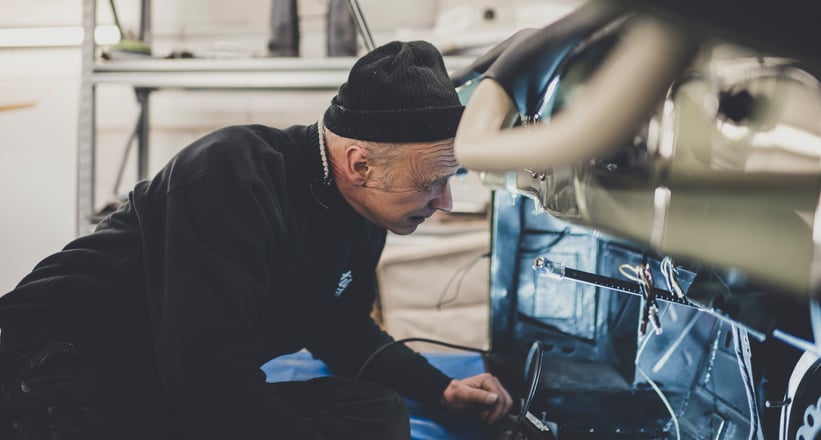
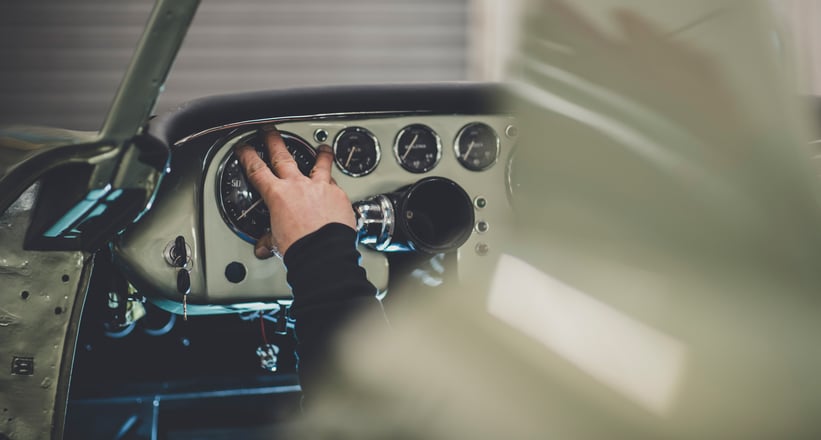
Could you tell me about some of your favourite restorations to date? Are there any from this year that stand out?
Yes! We’re in the process of restoring a 1958 Maserati 3500 GT. All these projects have different challenges and the Maserati arrived in such a sorry state. It had been a barn find, so the chassis had collapsed and certain parts were missing. It’s been a true nut and bolt restoration because you get to know every inch of the car, and I’ll really miss seeing it around.
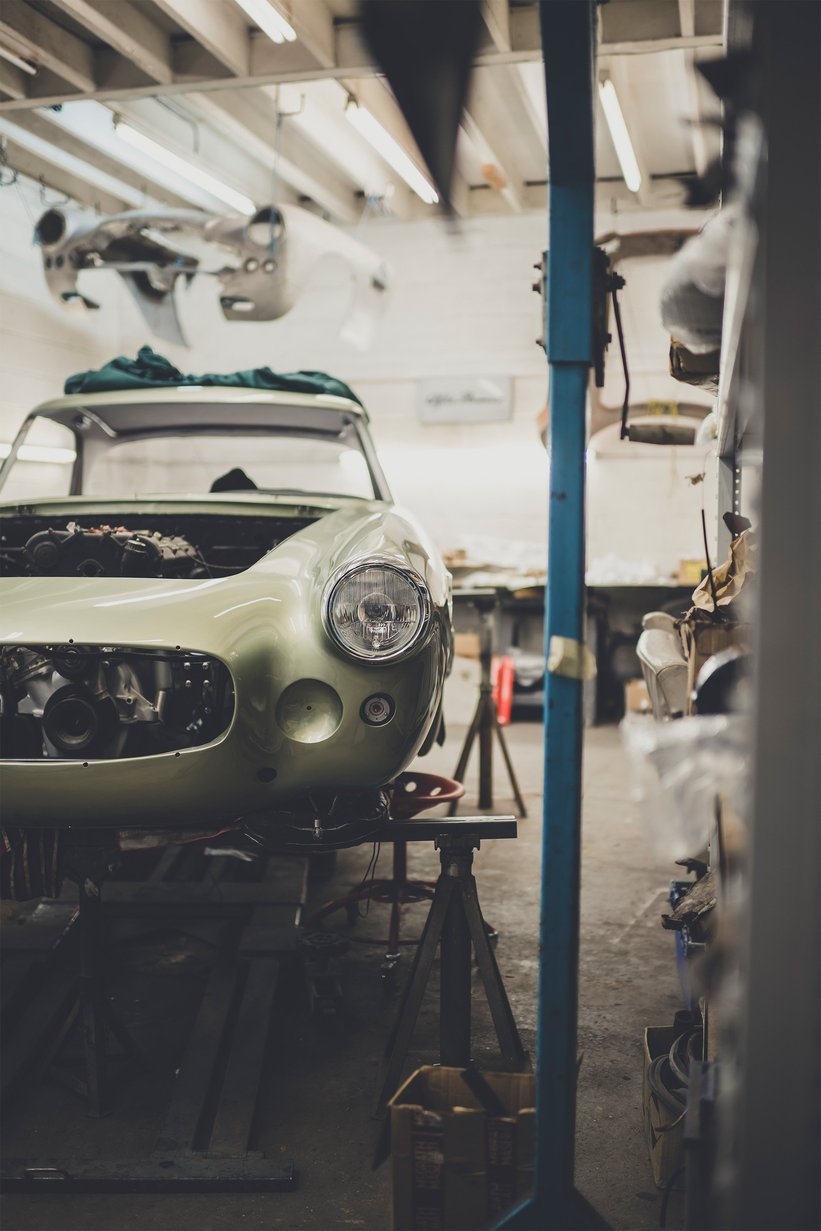
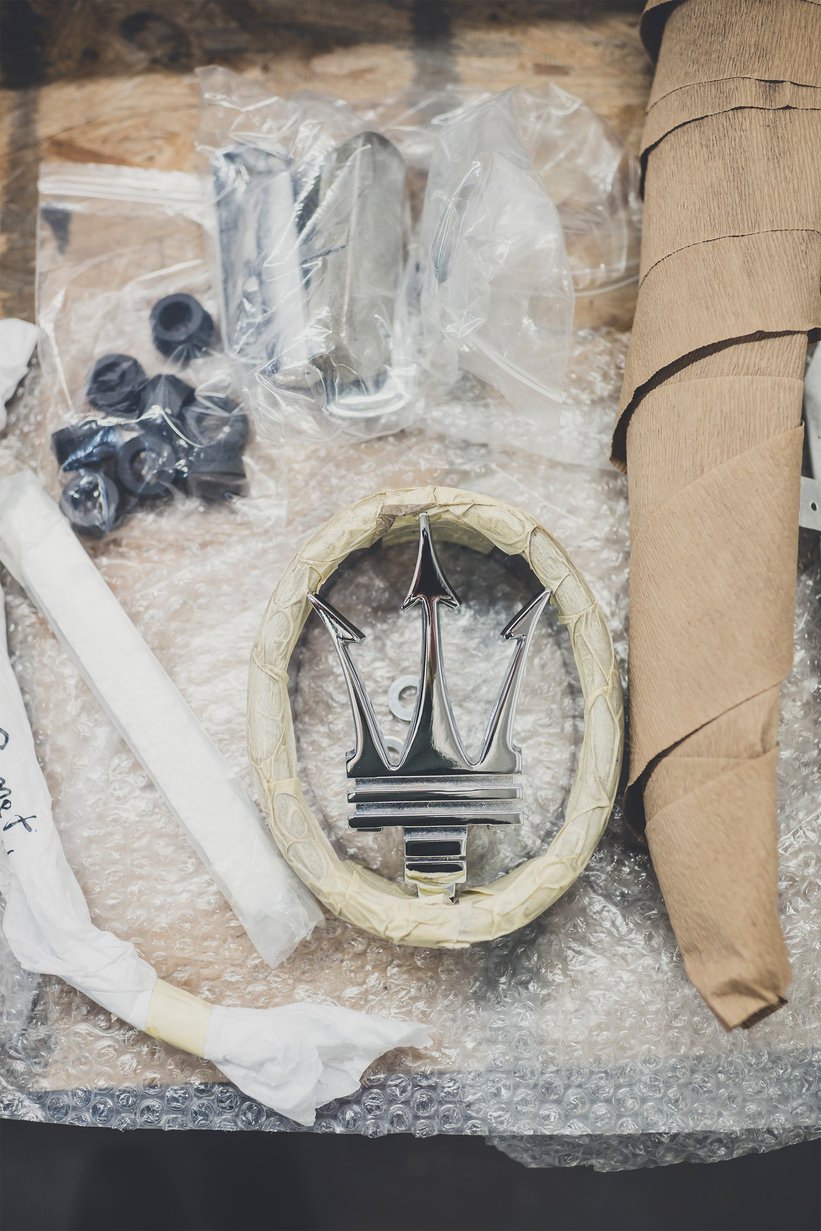
We’re very proud of that car because everything was done in-house and we did a huge amount of research looking at old magazines and artefacts to return it to factory condition. For example, recreating the exact colour on the build sheet took us weeks. The original colour was Verde Chiaro, but it had been resprayed at some point in its past and there was no original paint remaining. The interior was a similar situation: we had to put in a special order for a specific colour of Connolly leather.
These are the challenges we really enjoy: it’s really satisfying when you tell an owner that you’ve found an obscure missing part in someone’s garage in Italy. Now the car is 90% done, and we just can’t wait to hand it back to the owner. Of course, the last 10% is the hardest part. We spend hours and hours shaking the cars down and making sure there are no little rattles or anything, everything has to be exactly right.
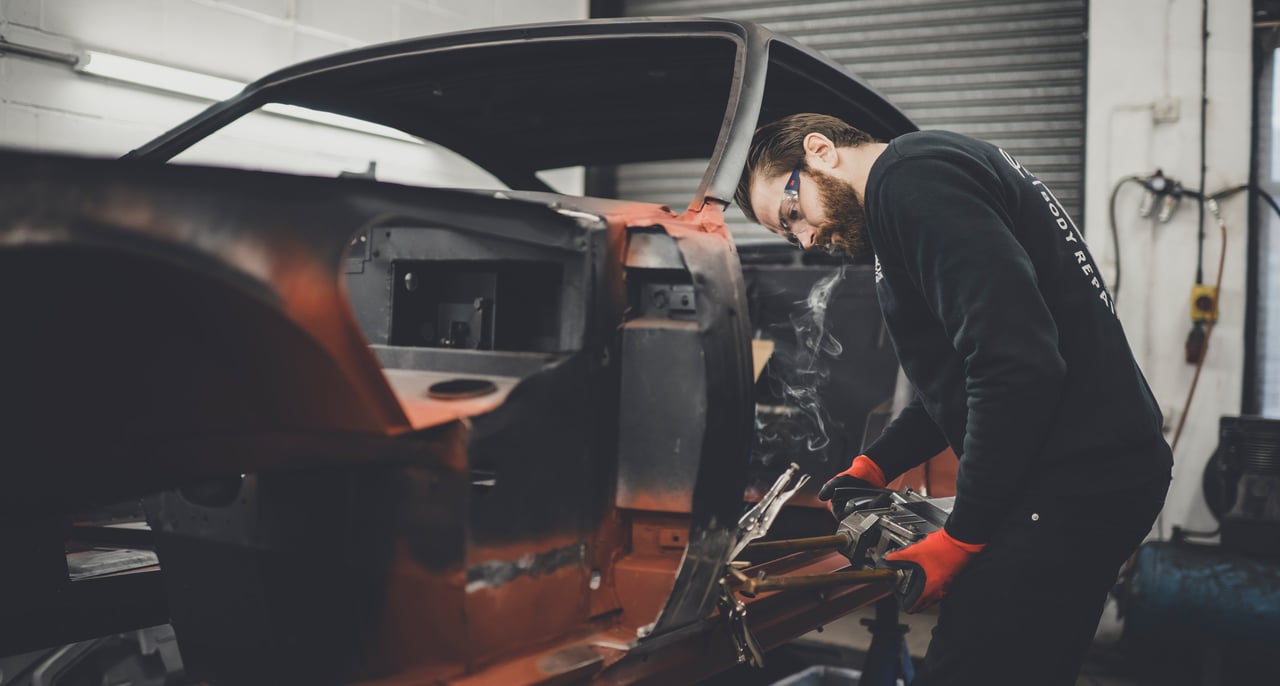
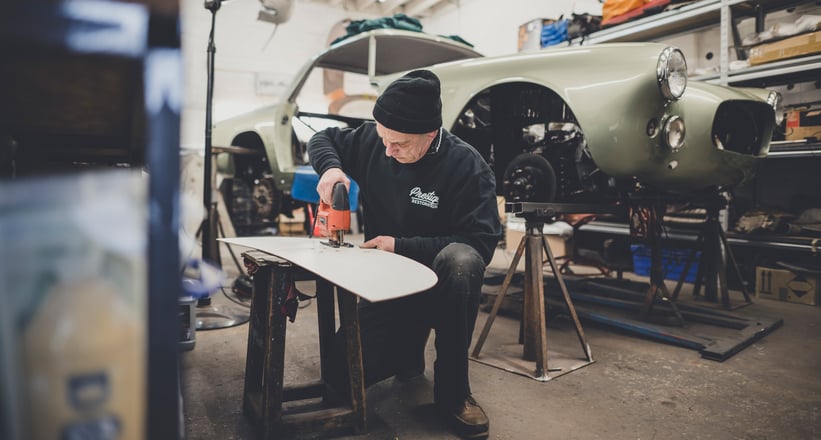
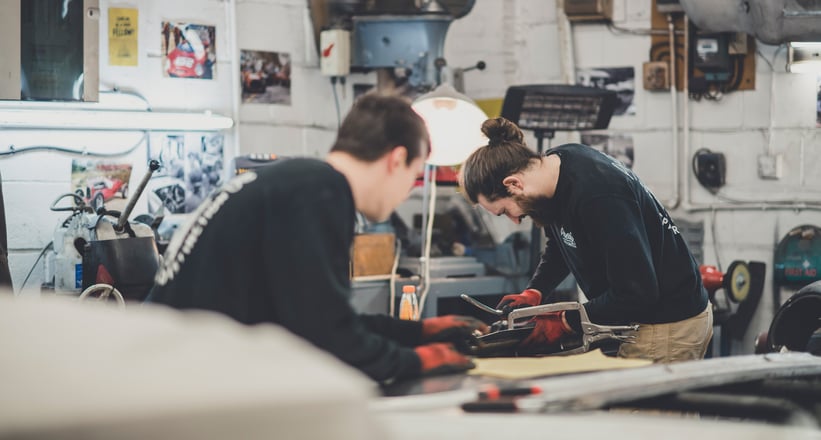
How does your restoration philosophy compare to that of other restoration companies in the UK?
We just want to turn out the best possible work we can. One benefit of being a small family business is that we offer more of a personal service than that of the larger companies. We see a wide variety of cars come through the workshop, but regardless of the model, we have one standard that we apply to all the cars we restore. We’re just a bunch of genuine car enthusiasts who love what we’re doing, and we’re really just one big family. I know it’s a cliché, but it’s true.
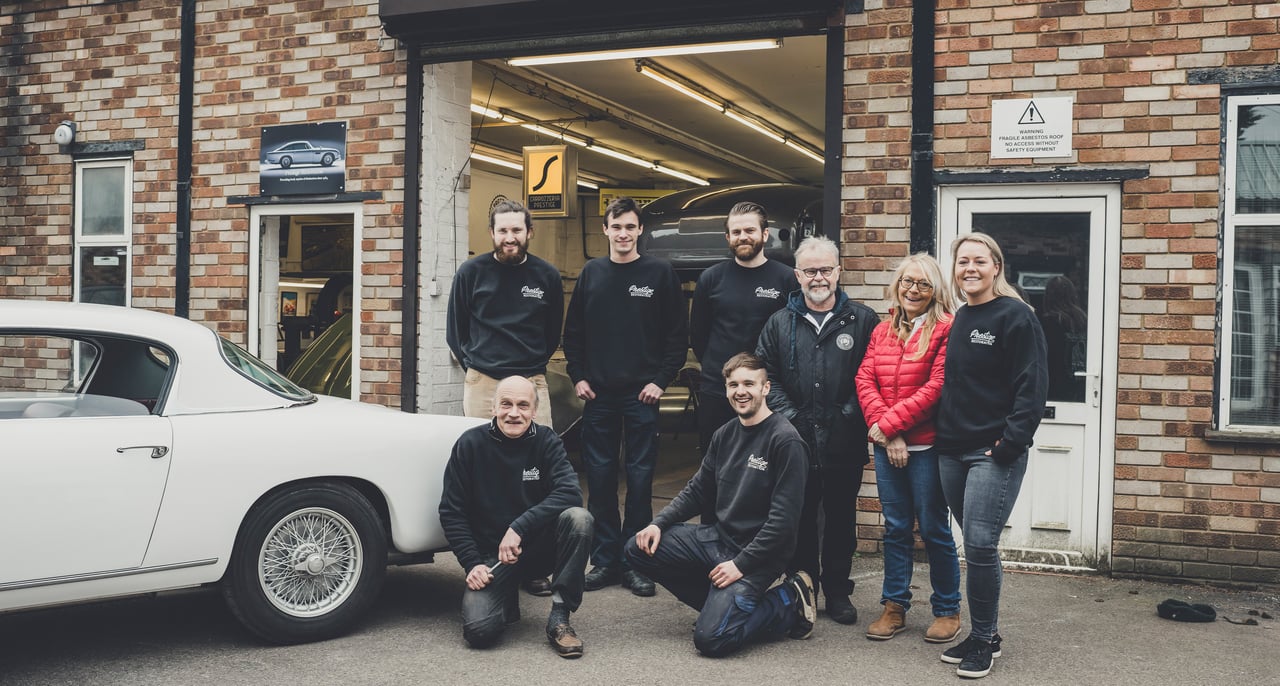
What’s next for Prestige Restoration?
I’d like to say we’re just going to keep on staying busy. What we haven’t mentioned yet that’s so important to us is teaching the next generation how to authentically restore cars. What’s really unusual about Prestige Restoration is that we’re such a young team (with a few exceptions). Our goal at the moment is training and developing our team to secure the future of the business.
It’s unusual to see 6 or 7 guys under 30 who are at the top of their game working on an English wheel or a lathe, but that’s exactly what you saw during your visit. So, the plan is to keep doing what we’re doing for the next 40 years. But yeah, we’re not putting an electric motor in a Ferrari any time soon.
Photos by Amy Shore for Classic Driver © 2022




























